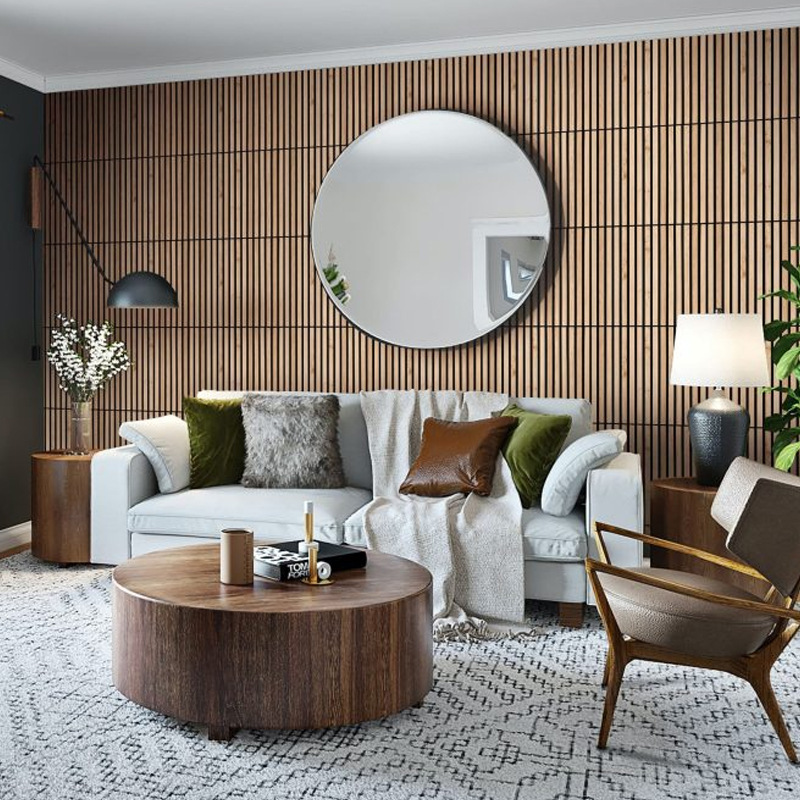The Versatility and Aesthetic Appeal of Wooden Cladding
Wooden cladding has been an architectural favorite for centuries, and for good reason. It provides a unique blend of natural beauty, versatility, and insulation properties that elevate the aesthetics and functionality of any building. In recent years, wooden cladding has gained renewed popularity in both residential and commercial projects, driven by a resurgence in eco-friendly practices and an increasing demand for sustainable materials.
Natural Aesthetic
One of the most appealing aspects of wooden cladding is its natural aesthetic. Wood brings warmth and character to a structure, unlike any other material. Available in a variety of species, colors, and textures, wooden cladding allows architects and designers to create unique visual statements. Whether it’s the rustic charm of cedar or the modern elegance of oak, wood can be tailored to fit any style—from traditional to contemporary.
Furthermore, wood's ability to age gracefully adds to its charm. As exposure to the elements alters its hue and texture, wooden cladding becomes more beautiful over time. Many homeowners and builders appreciate this evolving character, opting for finishes that enhance the natural grain and color variations rather than concealing them.
Sustainable Choice
In today’s environmentally conscious world, the sustainability of building materials is paramount. Wood, especially when sourced from responsibly managed forests, stands out as a sustainable choice. Timber is a renewable resource, and its use in construction can significantly reduce the carbon footprint of a building.
Moreover, wooden cladding has a lower embodied energy compared to many other materials like concrete or steel. This means that less energy is consumed throughout its lifecycle, from harvesting to processing to transportation. Consequently, choosing wooden cladding can be a decisive move in creating eco-friendly buildings that align with green building standards.
Thermal Performance
wooden cladding

Beyond aesthetics and sustainability, wooden cladding offers excellent thermal insulation properties. Wood’s natural structure provides an effective barrier to heat transfer, helping to regulate indoor temperatures. This can lead to reduced energy costs for heating and cooling, a significant advantage in various climates.
In addition, wooden cladding contributes to a comfortable living environment. It absorbs humidity, helping to regulate moisture levels within a building. This can lead to improved air quality and can also prevent issues such as mold growth, making wooden cladding a practical choice for health-conscious builders and homeowners.
Versatility in Design
The adaptability of wooden cladding is another vital aspect of its appeal. It can be used in a variety of settings—ranging from residential homes to commercial buildings and even public spaces like schools and parks. Designers can experiment with various cladding styles, including horizontal, vertical, or shingle patterns, to create stunning facades.
Moreover, wooden cladding can be paired with other materials such as stone, metal, or glass, allowing for striking contrasts and innovative designs. This flexibility in design enables architects to craft unique structures that stand out while still blending seamlessly into their surroundings.
Maintenance Considerations
While wooden cladding offers many benefits, it does require regular maintenance to ensure longevity. Treatments to protect against moisture, insects, and UV damage can help maintain its appearance and durability. Choosing high-quality finishes and regular inspections can mitigate issues and prolong the life of the cladding.
Conclusion
In conclusion, wooden cladding is a timeless and versatile material that enhances the beauty and performance of buildings. With its natural charm, sustainability, thermal efficiency, and design flexibility, it’s no wonder that wooden cladding remains popular among architects and builders. As the trend towards eco-friendly construction continues, wooden cladding is poised to remain a favored choice for creating beautiful, lasting structures. Whether you’re designing a new home or renovating an existing space, considering wooden cladding could be one of the most rewarding choices for both aesthetics and sustainability.
-
Wooden Sound Proof Panels for Conference RoomsNewsJun.13,2025
-
Maintenance Tips for Felt Wall PanelsNewsJun.13,2025
-
How to Clean and Maintain a Pet Snuffle MatNewsJun.13,2025
-
Custom Shapes and Sizes for Polyester Fiber Acoustic PanelsNewsJun.13,2025
-
Best Sound Proof Panels for Home TheatersNewsJun.13,2025
-
Benefits of Wooden Acoustic Wall Panels for Home TheatersNewsJun.13,2025
